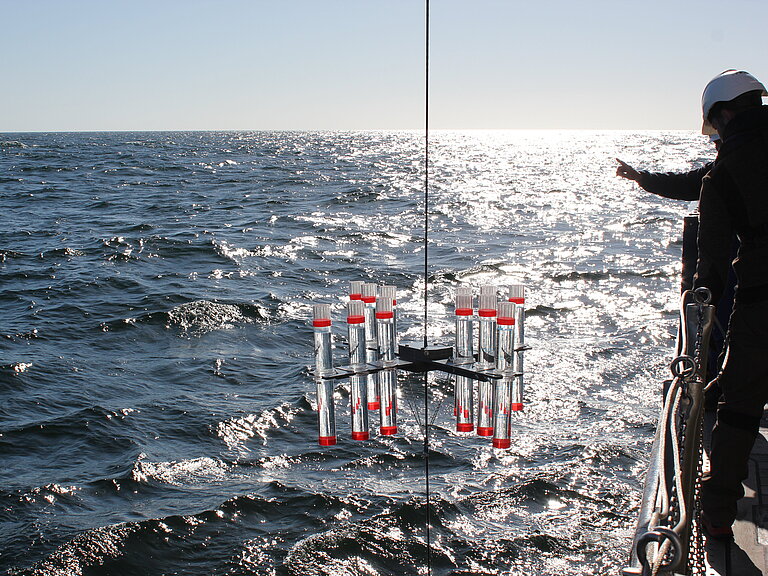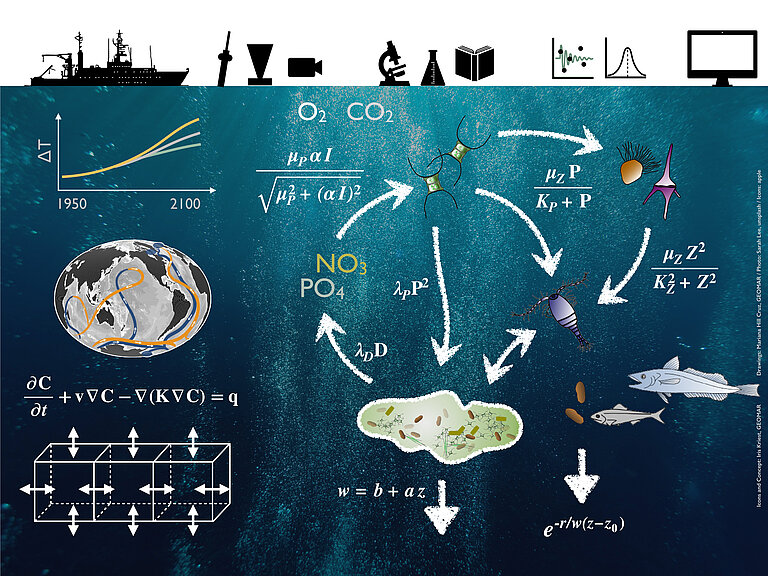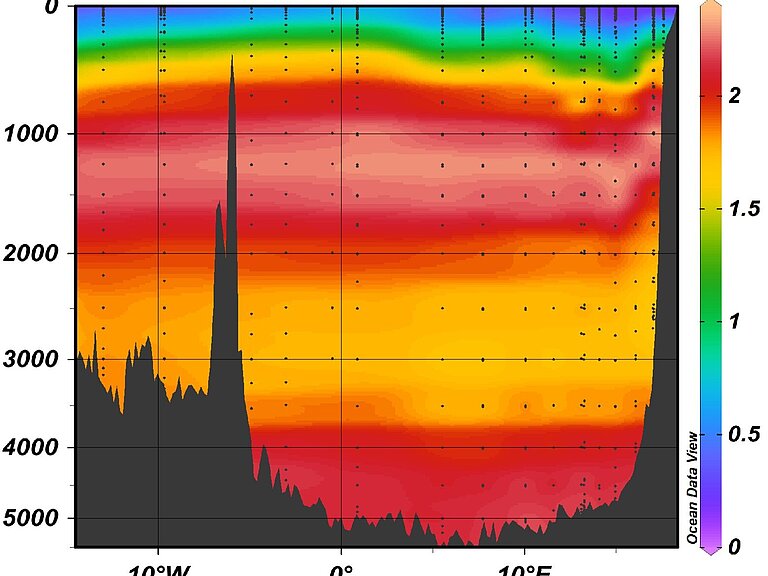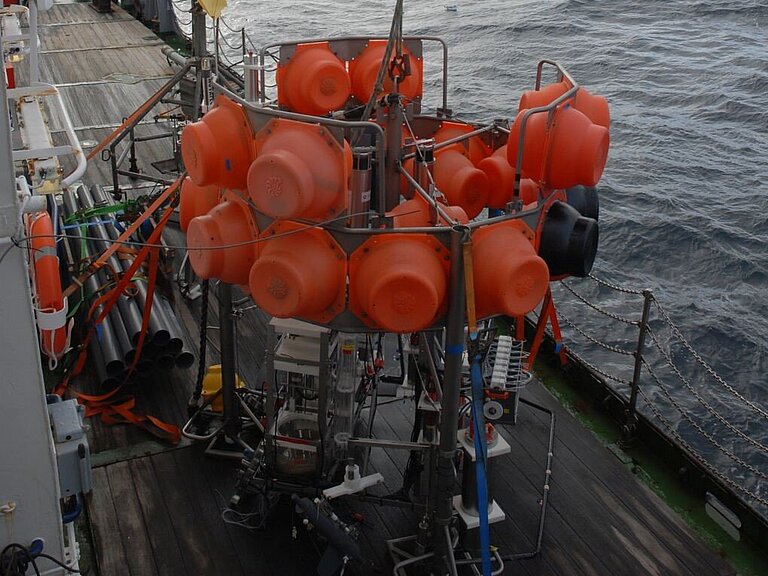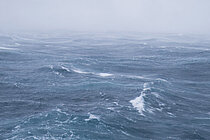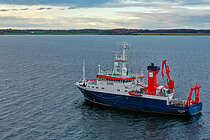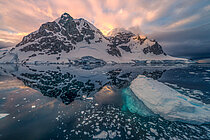The Research Division Marine Biogeochemistry studies interactions between sediment, oceanic, and atmospheric material reservoirs and the organisms including humans which impacts marine biogeochemical processes addressing the following overreaching research questions:
- What are the impacts of climate change on marine biogeochemistry including feedbacks?
- How do changes in marine communities alter biogeochemical processes?
- What are the natural drivers of CO2 uptake and sequestration and what are options for enhancing marine CO2 removal?
- How do human use and misuse of the ocean affect marine biogeochemistry and what are the options for remediation?
The scientific research of the four research units are embedded in the research program 'Changing Earth - Sustaining our Future', here mainly in topic 6, and the GEOMAR 2030 strategy with its Core Themes and Integrative Research Foci (IRFs).


